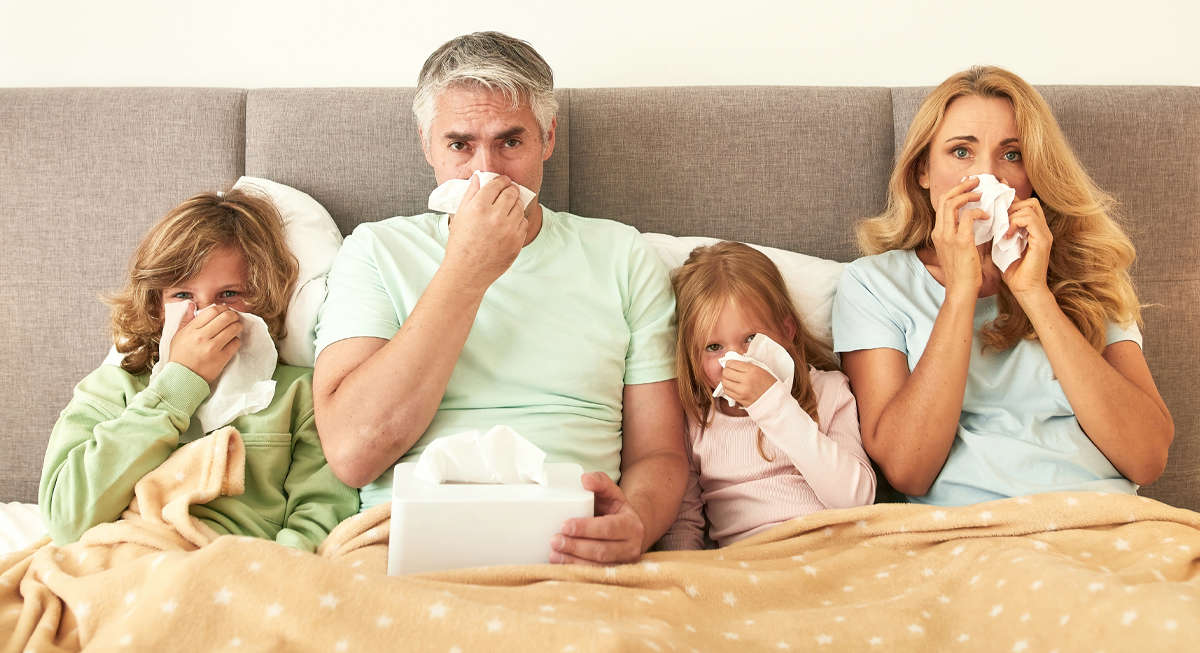You come home after a long day, craving comfort and relaxation. But what if your sanctuary is secretly sabotaging your health? It might sound like something out of a horror movie, but a surprising number of everyday household items and lurking environmental hazards can actually make us sick. According to the Environmental Protection Agency, 63% of homes in the US contain dust mite allergen levels exceeding EPA recommendations! These microscopic critters might be tiny, but they can trigger asthma and allergy symptoms that leave you wheezing and not at ease. And that's just the tip of the iceberg! Here are 14 shocking ways your house could be making you sick, along with simple solutions to turn your home into a health haven.
A Wheezy Welcome
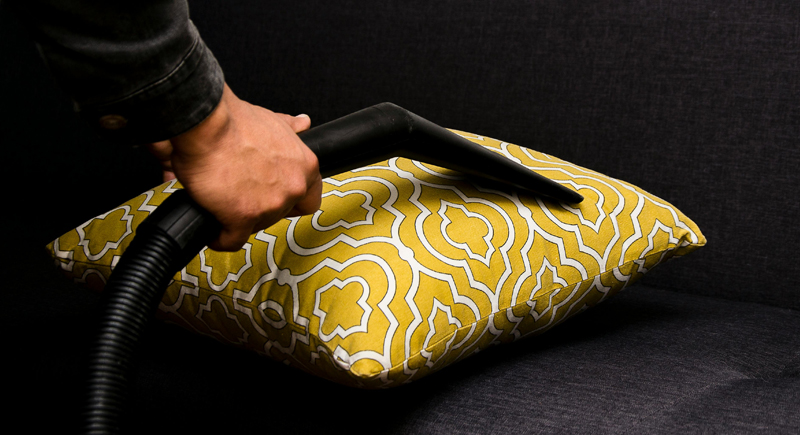
Credit: pexels
Dust mites are microscopic critters that love feasting on dead skin cells. Yuck! A shocking 63% of homes in the US have dust mite allergen levels exceeding EPA recommendations, according to the Environmental Protection Agency. These allergens can trigger asthma and allergy symptoms. Fight back with regular vacuuming (especially carpets and upholstery), allergen-proof bedding encasements, and keeping humidity levels below 50%.
Moldy Menace
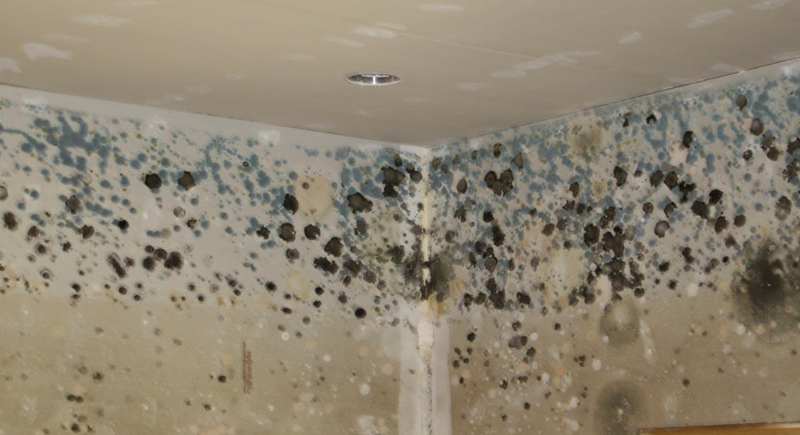
Credit: flickr
Mold lurks in damp, dark places – think basements, bathrooms, and around leaky faucets. Exposure to mold can cause respiratory problems, skin irritation, and even fatigue. A 2022 Centers for Disease Control and Prevention (CDC) study linked chronic sinus infections to hidden mold in homes. If you suspect mold, identify the source and address any moisture problems. For larger infestations, consider professional remediation.
VOC Villains
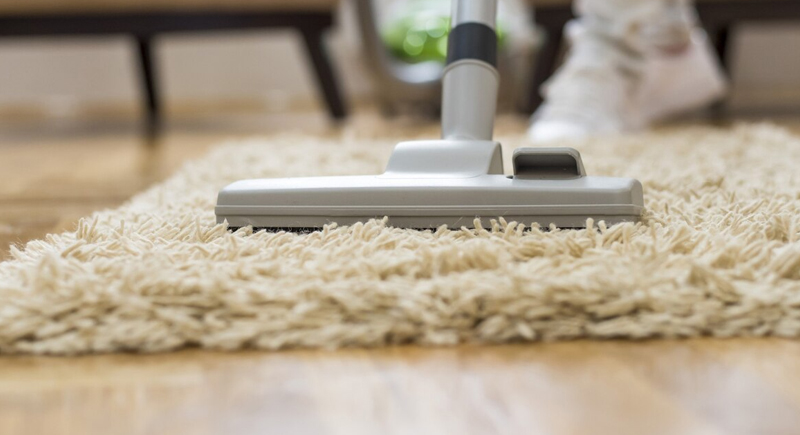
Credit: freepik
Volatile organic compounds (VOCs) are chemicals found in many household products like paint, carpet, and cleaning supplies. Off-gassing VOCs can irritate eyes, noses, and throats, and some are even suspected carcinogens. The Environmental Working Group (EWG) offers a handy online database to check the toxicity of products you use at home: https://www.ewg.org/. Opt for low-VOC or natural alternatives whenever possible.
Creepy Crawly Culprits
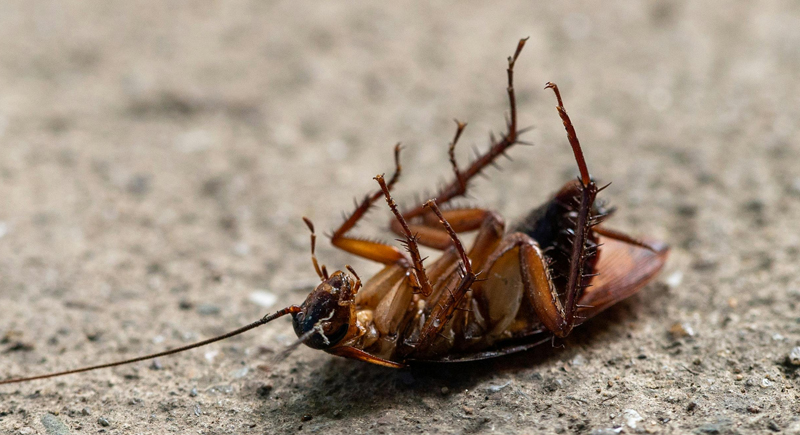
Credit: pexels
Cockroaches, mice, and other pests can not only be a nuisance but also trigger allergies and asthma attacks. A 2023 National Institutes of Health (NIH) study found a strong link between cockroach allergens and childhood asthma. Seal cracks and entry points, store food in airtight containers, and consider using natural pest control methods like peppermint oil or diatomaceous earth.
Lurking Lead
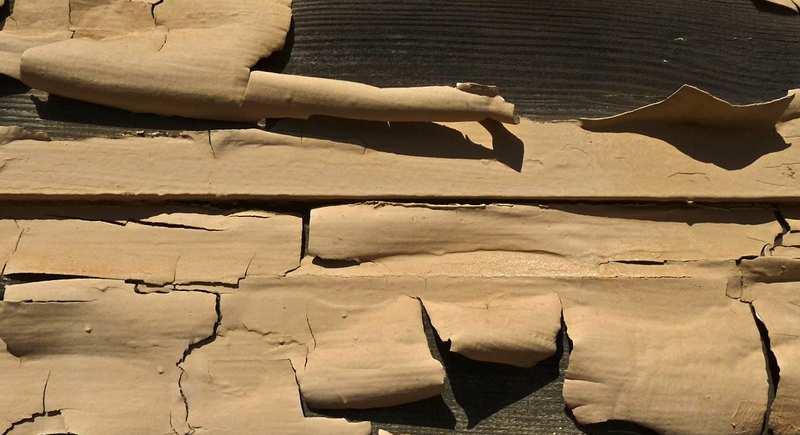
Credit: flickr
If your home was built before 1978, it may contain lead paint. Lead exposure can cause serious health problems, especially in children. The EPA recommends getting your home tested for lead-based paint and contacting a certified professional for removal if necessary.
Legionella Loiterer
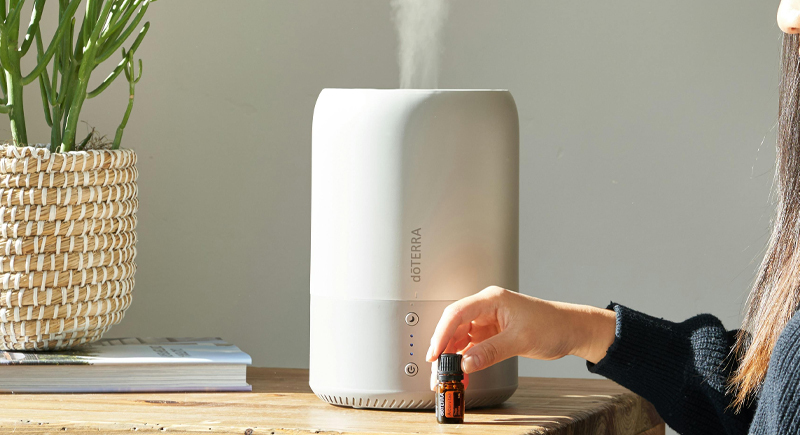
Credit: pexels
Legionnaires' disease is a serious type of pneumonia caused by Legionella bacteria, which thrives in warm, stagnant water. Showerheads, faucets, and even humidifiers can harbor Legionella. Minimize your risk by maintaining clean plumbing systems and keeping water temperatures above 140F (60C).
Pesky Radon
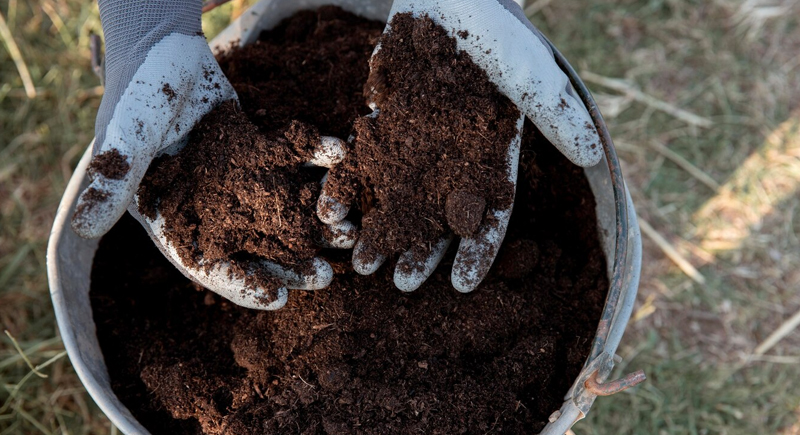
Credit: freepik
Radon is a colorless, odorless gas that can seep into your home from the soil. It's the leading cause of lung cancer among non-smokers, according to the American Lung Association. A simple radon test can identify the presence of this gas. If your home has elevated levels, mitigation systems can be installed to vent radon outdoors.
Forgotten Filter Foes

Credit: flickr
Air filters in your HVAC system trap dust, pollen, and other allergens. But clogged filters become useless, allowing these irritants to circulate back into your home. Replace your air filters regularly, according to the manufacturer's recommendations.
Sneaky Sleep Disruptors

Credit: pexels
Electronic devices like phones, laptops, and TVs emit blue light, suppressing melatonin production and disrupting your sleep cycle. The National Sleep Foundation recommends powering down electronics at least an hour before bedtime and keeping them out of the bedroom altogether for optimal sleep hygiene.
Chemical-Laden Culprits
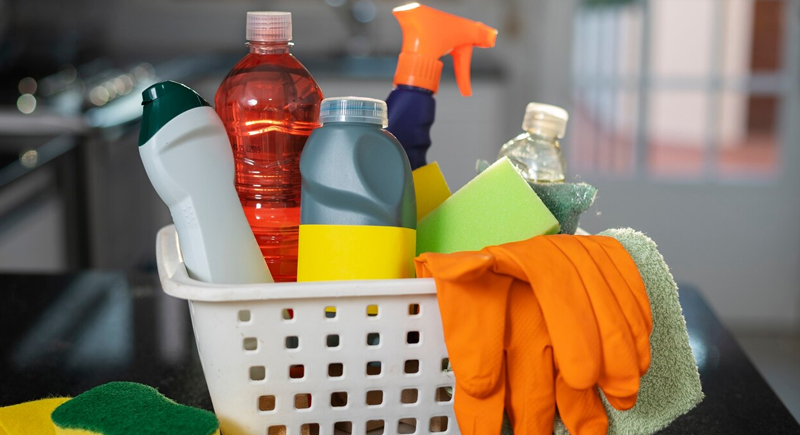
Credit: freepik
Conventional cleaning supplies often contain harsh chemicals that can irritate skin and lungs. Consider switching to natural cleaning products made with vinegar, baking soda, and essential oils. They're just as effective and much gentler on your health and the environment.
Fragrance Felons
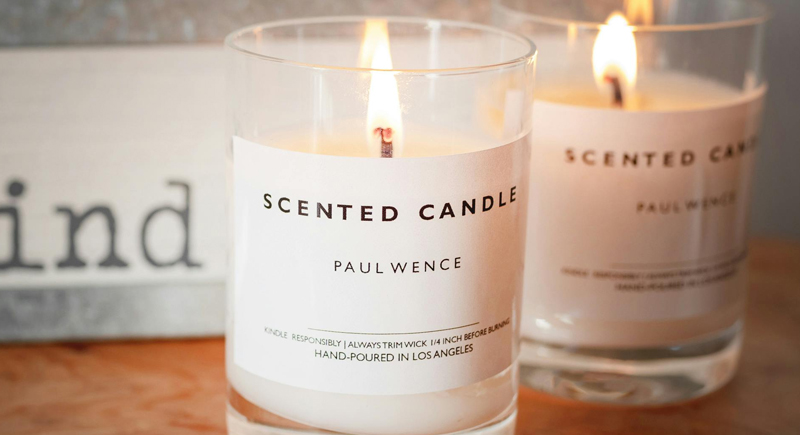
Credit: pexels
Air fresheners, scented candles, and dryer sheets all release fragrances that can trigger allergies and headaches. Opt for diffusers with essential oils or natural alternatives like baking soda bowls to freshen your home.
Poor Ventilation

Credit: freepik
Homes with inadequate ventilation can trap moisture, pollutants, and allergens indoors. Open windows regularly to allow fresh air circulation, and consider installing exhaust fans in bathrooms and kitchens.
Overgrown Outdoor Offenders

Credit: pexels
Outdoor allergens like pollen and mold spores can easily infiltrate your home through open windows and doors. Maintain your yard by keeping grass cut, removing weeds, and trimming overgrown trees and shrubs.
Secondhand Smoke Saboteur

Credit: iStockphoto
Even if you don't smoke yourself, exposure to secondhand smoke can be harmful. If you live with a smoker, encourage them to quit outdoors or create a designated smoking area far from open windows and doors.

